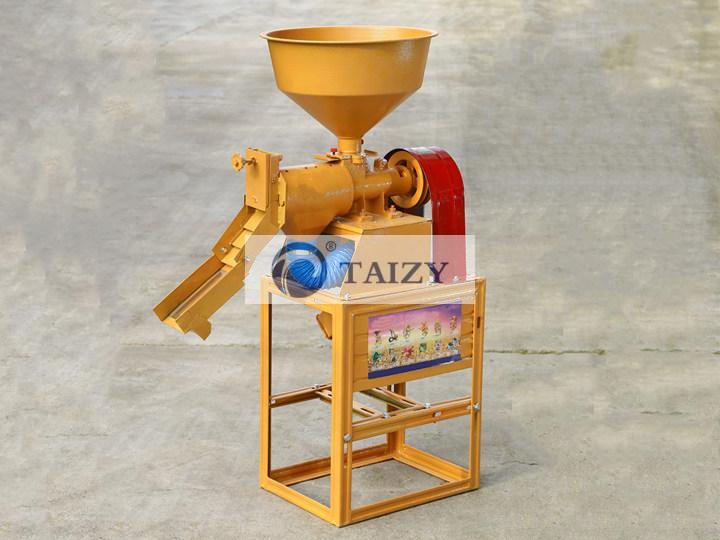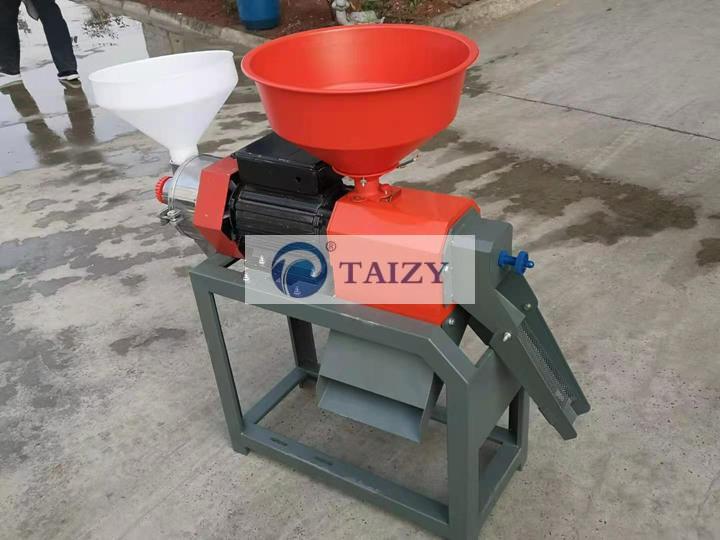Rice is an edible grain. It is not only food but also a raw material for brewing and making caramel. Half of the world’s population consumes it. It is mainly planted in Asia, southern Europe, tropical America, and parts of Africa. The total output occupies the third place in the world’s food crop output, which is lower than corn and wheat, but it can sustain a larger population.
cultivation
The cultivation of rice is not an easy task, and it involves multiple steps. With the development of agricultural mechanization, the pressure on farmers to plant rice has also been decreasing. By mastering its growth laws and continuously improving cultivation techniques,we can achieve high and stable yields.


Several processes of planting rice
Land preparation
Before planting, the soil of the field must be turned over to make it soft. This process is divided into three periods: rough ploughing, fine plowing, and flattening. In the past, animal power and ploughs were used, mainly buffaloes, to prepare the land, but now more machines are used to prepare the land.
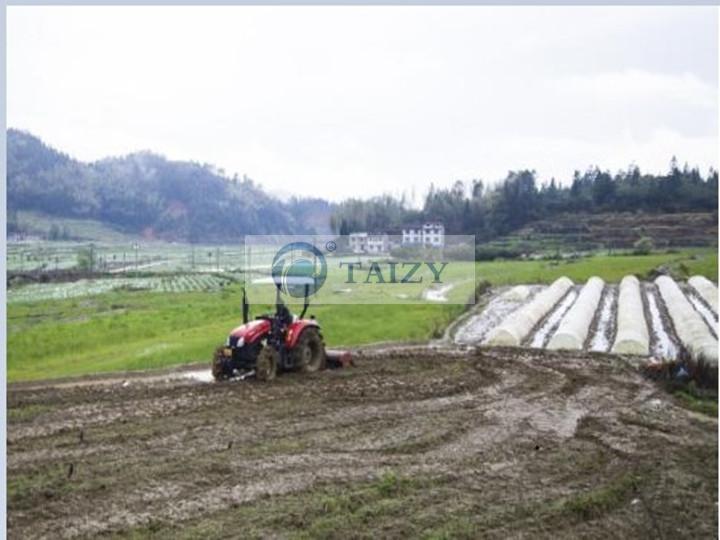
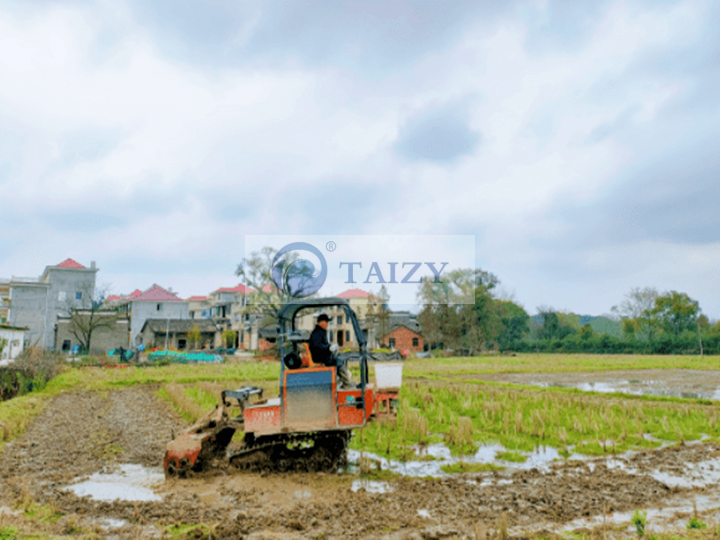
Seedling cultivation
Farmers first cultivate seedlings in a certain field. This field is often called a seedling field. After the seeds are planted, the farmers will sprinkle a layer of paddy husk ash on the soil; in modern times, it is mostly used by specialized seedling centers. The nursery box is used to grow the cereals seedlings. Good cereals seedlings are the key to successful rice cultivation. When the seedlings are about 8 cm tall, they can be transplanted.
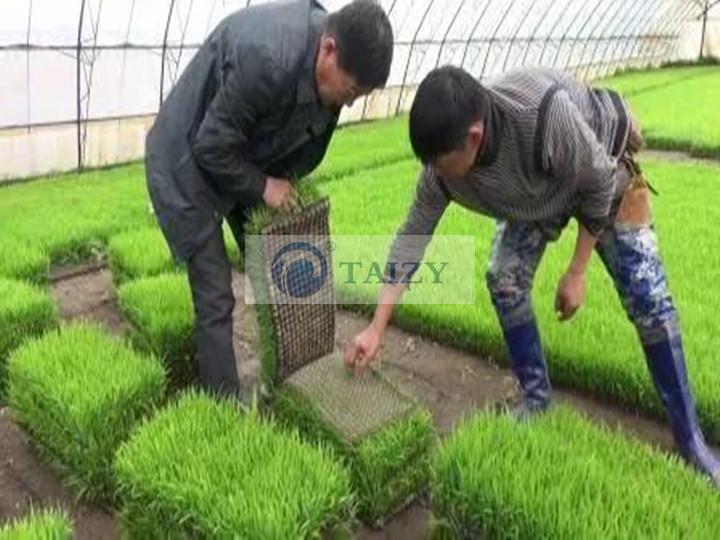
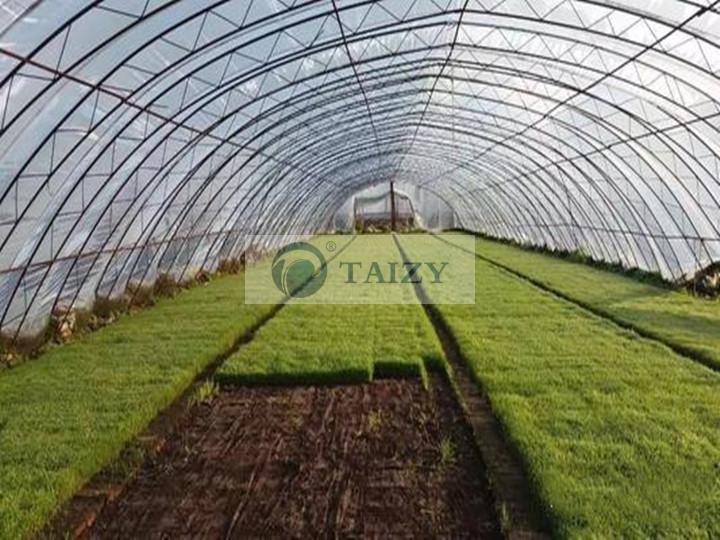
Planting seedlings
Carefully insert the seedlings into the rice fields with orderly compartments. Due to the development of mechanization, the rice transplanter can replace manpower to transplant rice.


Weeding and pest control
When the seedlings grow, take care of them from time to time, and pull out weeds, and sometimes use pesticides to remove pests.
Weeding and pest control
When the seedlings grow, take care of them from time to time, and pull out weeds, and sometimes use pesticides to remove pests.
Irrigation and drainage
Rice is more dependent on this program. For upland paddy, it is a dry field. The process of irrigation and drainage is different. However, it is generally necessary to strengthen water irrigation after transplanting, when young panicles are formed, and at the heading and flowering period.
Harvest of rice
When the ears of grain are drooping and golden and full, people can start the harvest. In the past, farmers used bunches to cut them with a sickle and then tied them up. They used threshing machines to separate the ears of grain. In modern times, there are harvesters to separate the rice.
Drying and selection
The harvested grain needs to be dried. In the past, the grain was dried in the front yard of the courtyard. It took time to turn the millet to dry. Deletion is to delete impurities such as shattered grains, use an electric grain sorting machine, windmill, or handshake to sort the grains, and use the wind to automatically filter out the full and heavy rice.
Remove the shell
Rice also has a shell that is not edible. At this time, you need to use a rice miller machine to remove the shell to get edible cereals.
